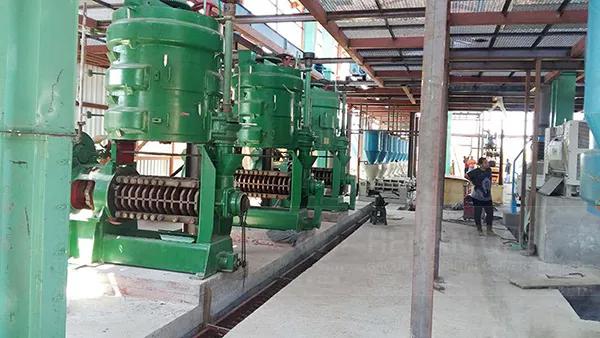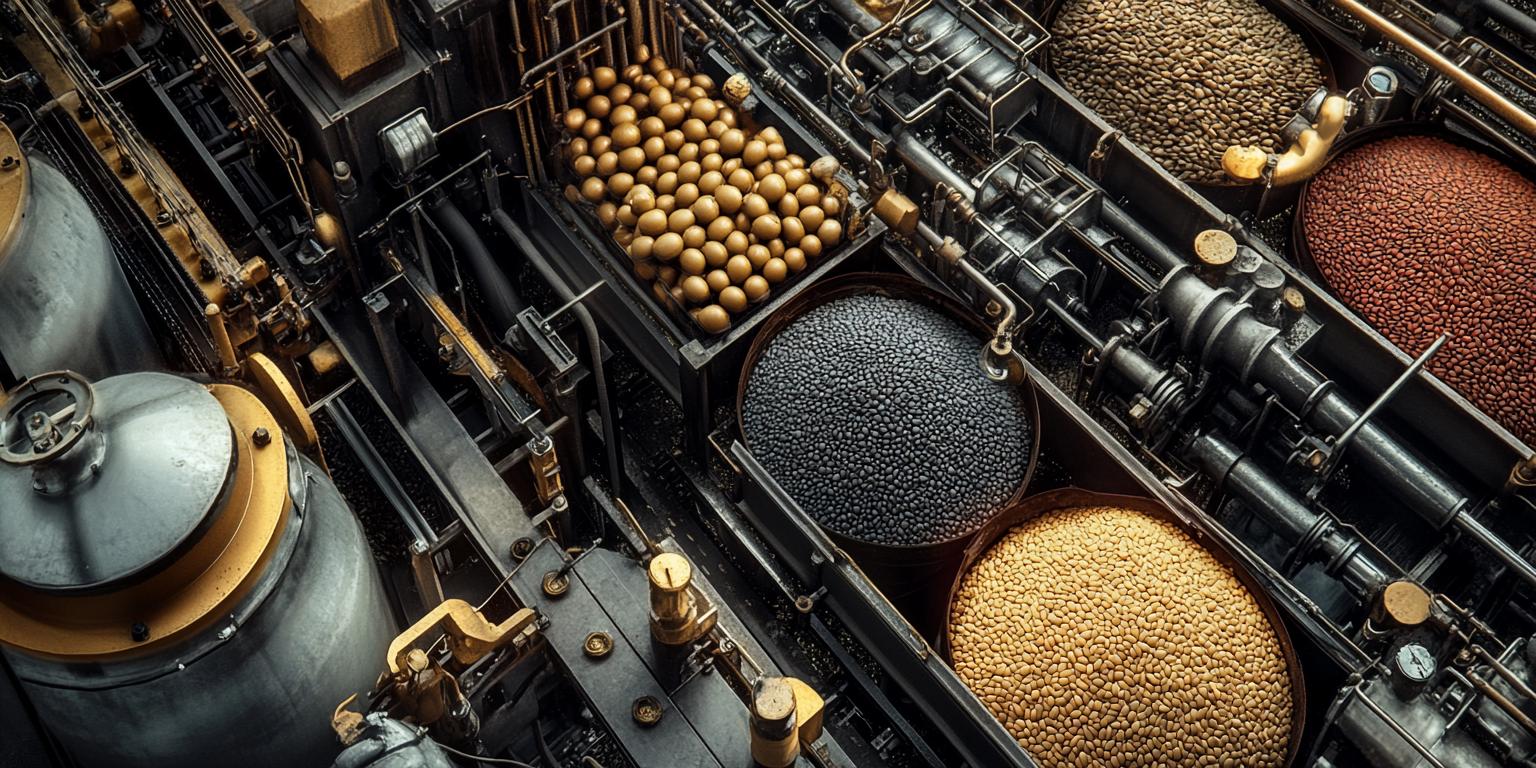
For many food manufacturers, the key to success lies in optimizing production efficiency while maintaining high-quality standards. This case study highlights how a leading sesame oil producer successfully upgraded its production line, achieving a doubling of output and significant cost savings.

The company, based in Southeast Asia, initially operated a conventional sesame oil production system that was slow, energy-intensive, and inconsistent in product quality. With rising demand for premium sesame oil globally, the company recognized the need for a modern solution.
After a thorough evaluation, the enterprise decided to invest in a high-efficiency, energy-saving sesame oil production line. The upgrade included advanced pressing technology, automated control systems, and enhanced filtration units. Within six months of implementation, the company reported a 100% increase in daily production capacity.
The new production line featured a medium screw press oil extractor, which significantly improved oil extraction efficiency. According to internal data, the system reduced processing time by 40% and lowered energy consumption by 30%, directly contributing to cost optimization.
Quality control was also strengthened through real-time monitoring and automated temperature regulation. The company now produces sesame oil with consistent clarity, aroma, and nutritional value, meeting international food safety standards such as HACCP and ISO 22000.
| Metric | Before Upgrade | After Upgrade |
|---|---|---|
| Daily Output (kg) | 500 | 1000 |
| Energy Consumption (kWh/kg) | 2.5 | 1.75 |
| Production Cost (USD/kg) | 1.20 | 0.95 |

The global sesame oil market is projected to grow at a CAGR of 6.2% from 2023 to 2030, driven by increasing health consciousness and demand for natural ingredients. Companies that can scale production efficiently while maintaining quality are well-positioned to capture this growth.
This customer’s investment not only met current demand but also prepared them for future expansion. With a more reliable and scalable production system, they have been able to secure long-term contracts with international buyers and enter new markets in Europe and North America.

Investing in an efficient and energy-saving sesame oil production line is no longer a luxury—it's a necessity. The data clearly shows that such upgrades lead to higher output, lower costs, and better product consistency. These factors collectively enhance a company’s competitiveness in a rapidly evolving market.
For businesses looking to scale up and meet growing global demand, the right production technology is the foundation of sustainable growth.


